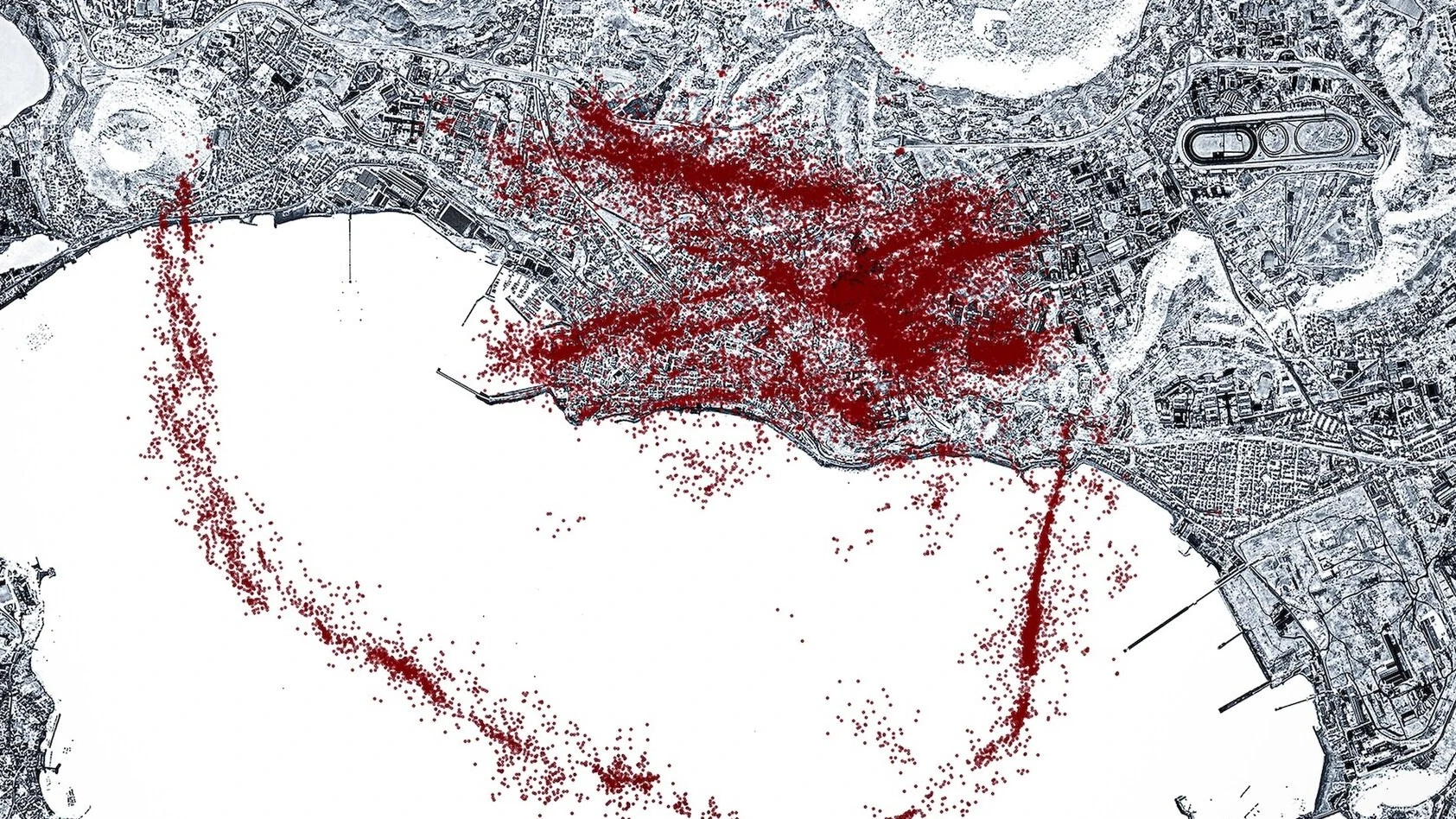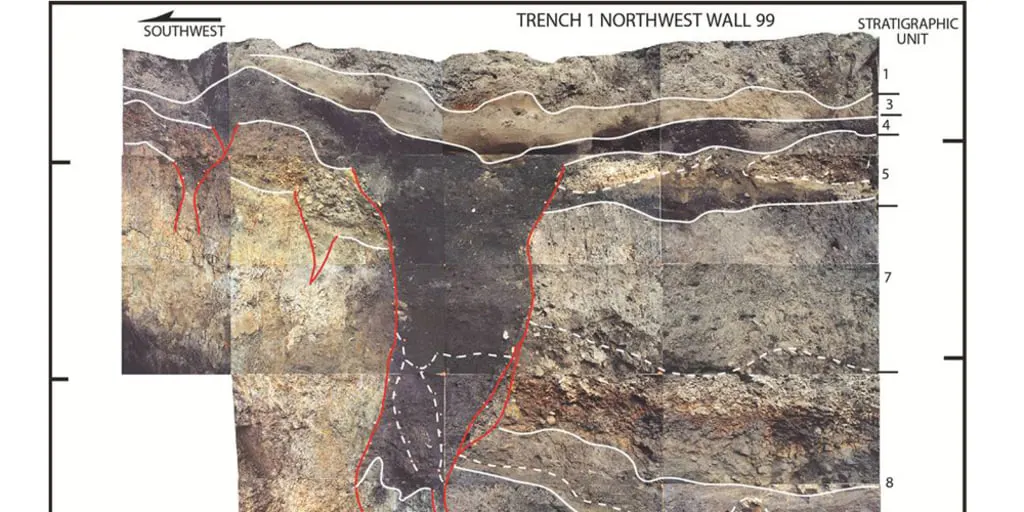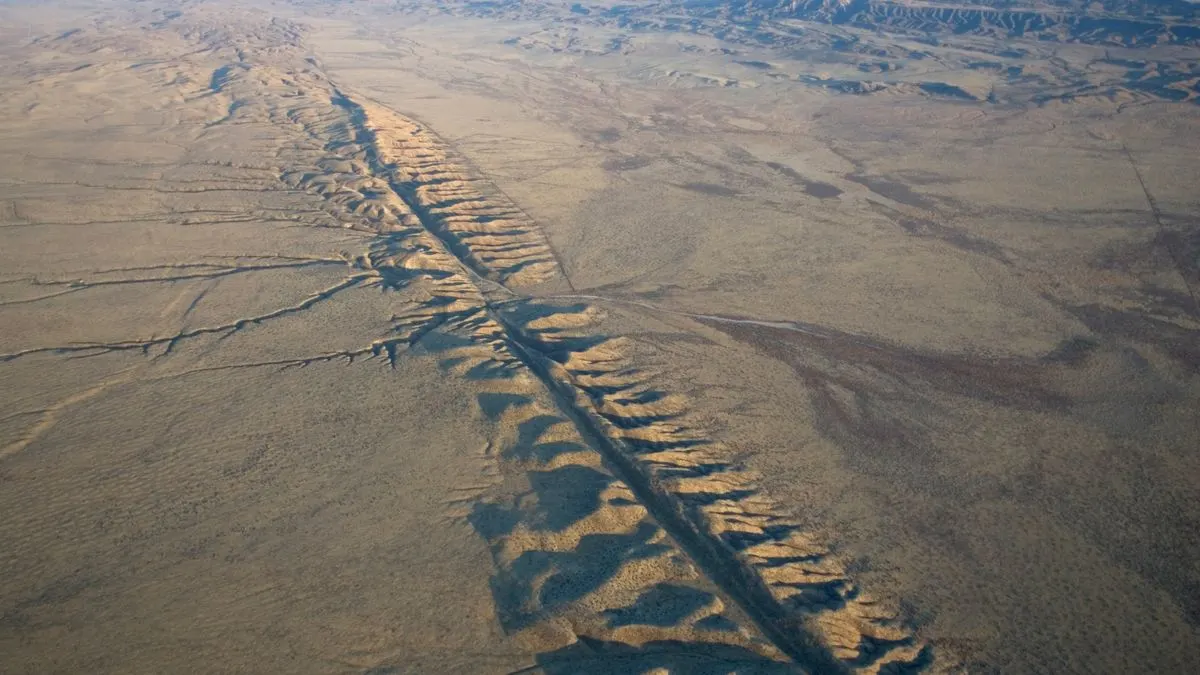Scientists have presented strong evidence that major earthquakes along the Cascadia Subduction Zone can rapidly trigger large quakes on California’s San Andreas Fault—raising the risk of near-simultaneous disasters along the U.S. West Coast, according to sediment core analysis and radiocarbon dating from Oregon State University researchers.

October 22, 2025

Source:
Live Science
Research Reveals Tectonic Earthquake Link
Scientists from Oregon State University have provided compelling new data showing that major earthquakes along the Cascadia Subduction Zone offshore Oregon and Washington can trigger powerful quakes along California’s San Andreas Fault. This discovery, outlined in reports from Live Science and ScienceDaily, has urgent implications for seismic risk along the entire U.S. West Coast.
How the Evidence Was Found
Sediment core analysis: Researchers extracted sediment cores both from Cascadia and the northern San Andreas, uncovering nearly identical earthquake-triggered sediment layers.
Serendipitous data: A research vessel’s navigational error allowed unique core samples directly linking earthquake timing across both regions.
Radiocarbon results: Analysis showed event layers formed within hours or days of each other multiple times over 3,000 years—far more often than chance allows (ScienceAlert).
Geological convergence: Both fault systems meet at the highly active Mendocino Triple Junction in Northern California.
Keep up with the story. Subscribe to the PR+ free daily newsletter

Source:
NBC News
Impacts of Linked Megaquakes
Synchrony and Triggering
At least three major events on the San Andreas Fault appear to have quickly followed massive Cascadia quakes, with the triggering direction flowing from north to south. The most recent such event occurred in 1700, when a powerful Cascadia quake caused tsunamis as far as Japan.
Short intervals: In some cases, the lag between Cascadia and San Andreas quakes could be just hours.
Disaster response risk: Experts warn that emergency systems could be quickly overwhelmed by two nearly simultaneous megaquakes. Models predict thousands of collapsed buildings and thousands of fatalities in Northern California alone.
The research findings have been cited by Oregon Public Broadcasting (OPB) and discussed in federal disaster preparedness plans such as the California Earthquake and Tsunami Response Plan.
Read More

Source:
Live Science
Share this news:




















